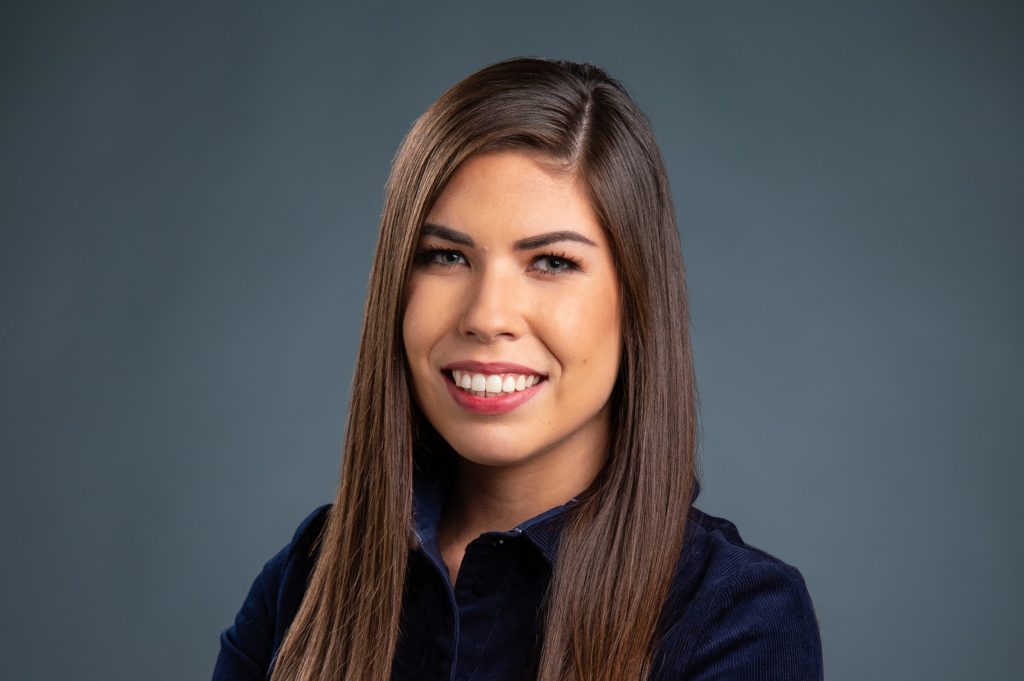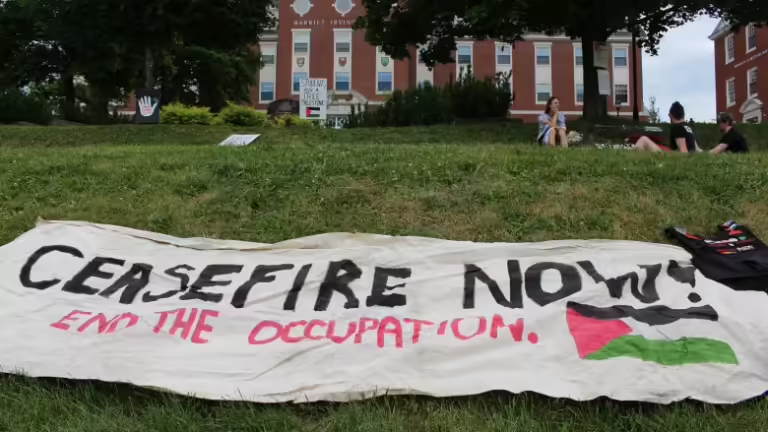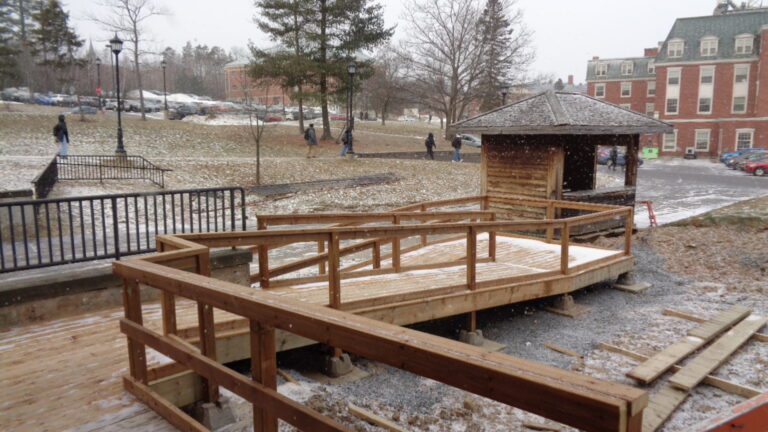In a significant step towards fulfilling its Truth and Reconciliation Strategic Action Plan, the University of New Brunswick has welcomed a new Indigenous leader to campus.
Amanda Reid Rogers was recently appointed to the position of Piluwitahasuwin, or assistant vice-president Indigenous engagement.
The duties of the Piluwitahasuwin will span across both the Fredericton and Saint John campuses, and will involve the promotion and recognition of the rights and culture of the Indigenous community at UNB, in collaboration with the Mi’kmaq-Wolastoqey Centre and the university.
The position stems from the TRC Strategic Action Plan, a movement created by UNB to promote positive change on campus in line with the federal Truth and Reconciliation Act. Elder-in-residence Imelda Perley has called the plan a “sacred bundle,” meaning that it combines responsibility, obligation and guidance toward action.
Rogers speaks to the responsibility of her role as Piluwitahasuwin through the meaning of the Wolastoqey word for the title: “one who promotes change in a good way toward truth.”
As a Dakota-Sioux in a university environment, Rogers has witnessed the difficulties Indigenous people face in many aspects of life. Despite this, she said she believes UNB is on the right path toward reconciliation.
“I have heard from Survivors that truth must come before reconciliation,” she said. “During the interviewing process, I had to share difficult truths about the experiences of Indigenous students and faculty in post-secondary education. I felt that the UNB community listened.”
Rogers said the creation of this position is an important step in the development of Indigenous and non-Indigenous relations and communication.
“It is fulfilling to witness transformative education in action – when your words finally resonate with people,” she said.
Within the next year, Rogers plans on building connections with students, faculty, and Indigenous community members who will help in implementing the university’s strategic action plan. She also hopes to raise awareness around Indigenous-based initiatives at the Saint John campus, which often go unnoticed. Her efforts there will focus on bringing visibility to the rich Indigenous culture in that city.
“I’ve learned from Wolastoqey Elders that the original name for Saint John is Menahqesk, so there are significant cultural ties to the land there,” she said.
Rogers said the Piluwitahasuwin position will improve the access to and experience of post-secondary education for Indigenous peoples for this generation and those to come.
“Indigenous peoples have a right to acquire a higher education that will help us nurture our resilient, vibrant, and beautiful societies,” she said. “Reconciliation happens when Indigenous peoples are given space to reclaim their relationships to their languages, customs, ceremonies and lands.”




